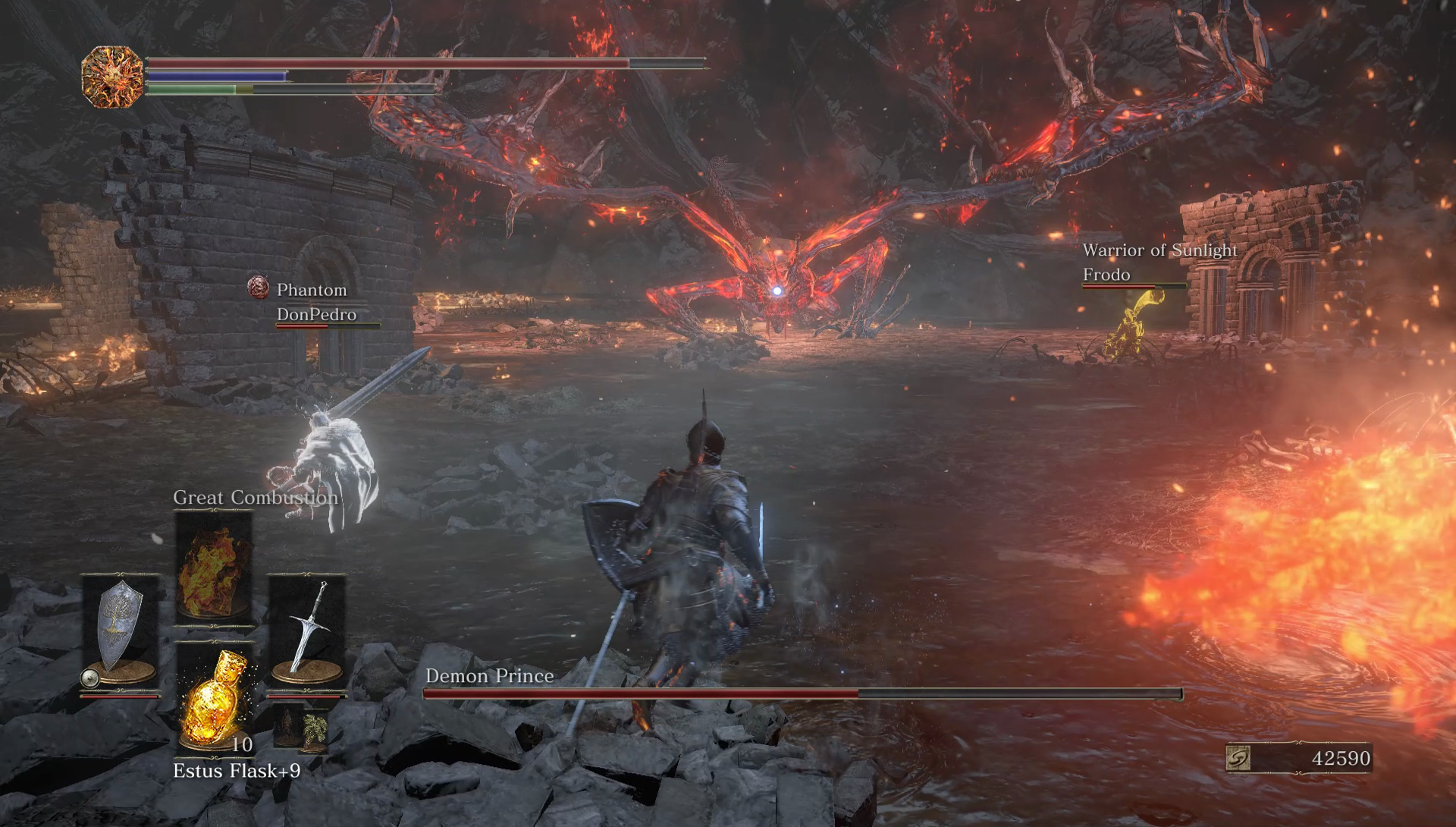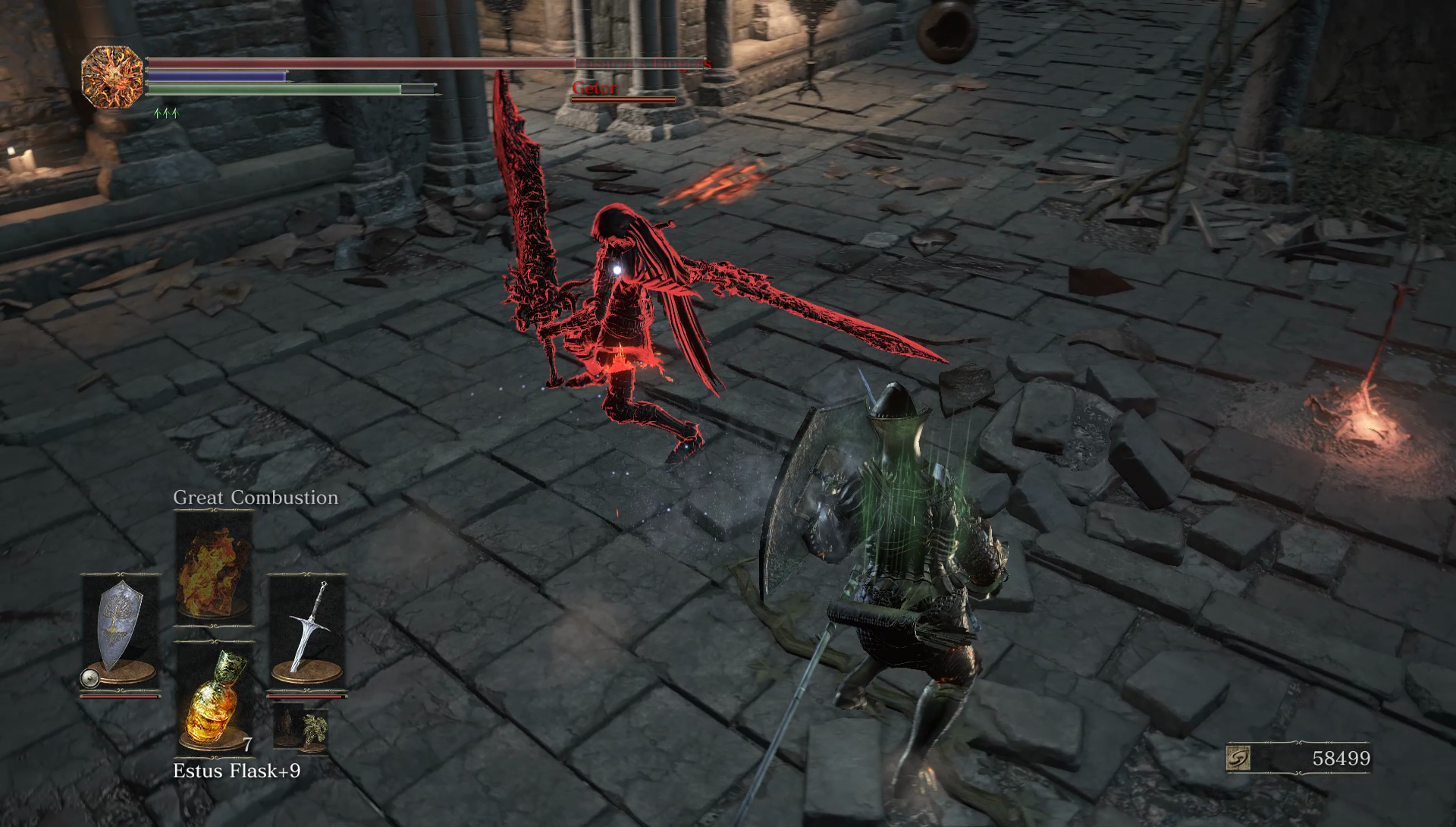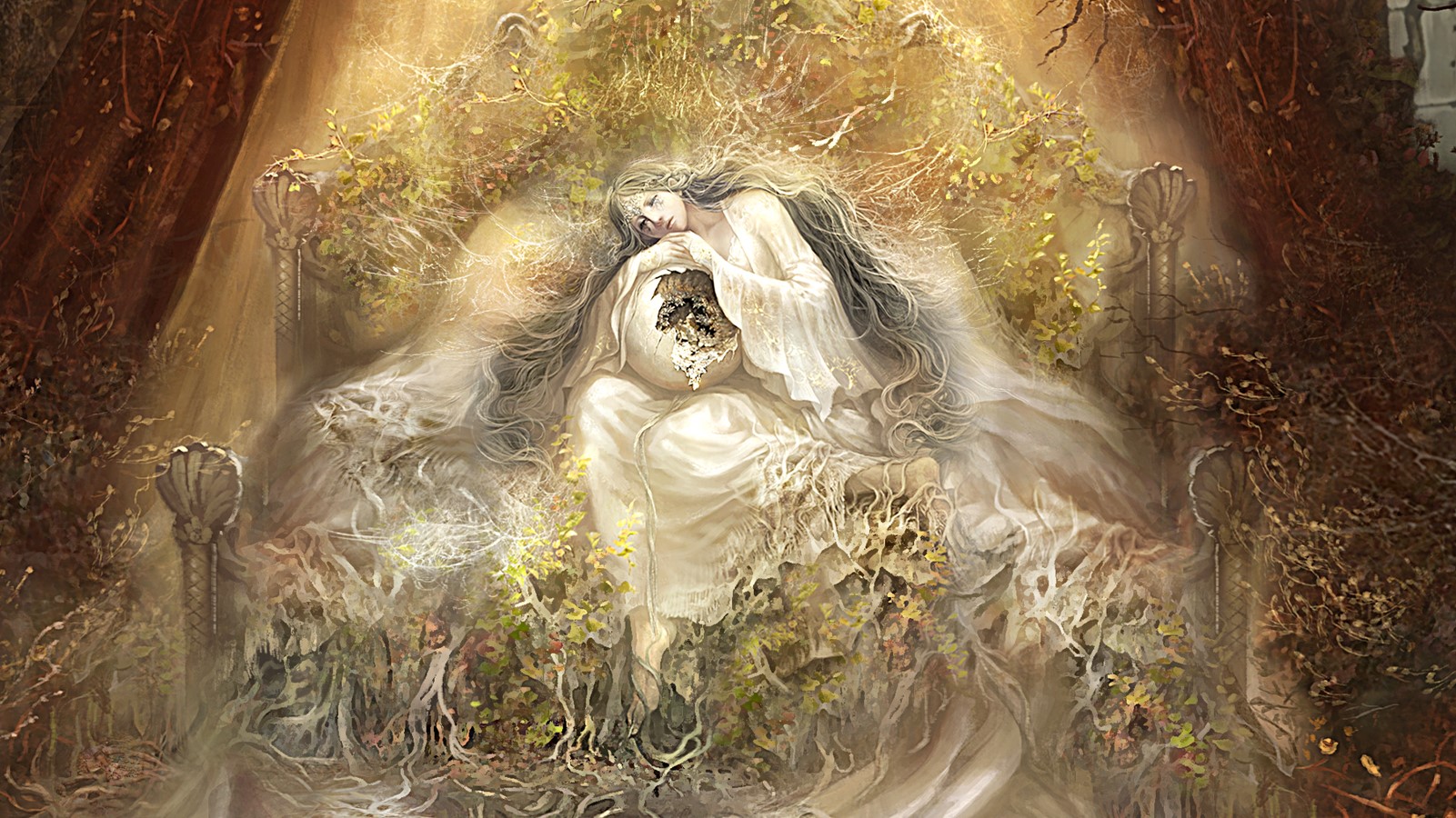Our Verdict
Gorgeous but empty, challenging but not always fair, The Ringed City is a weak reflection of the series' best traits.
PC Gamer's got your back
What is it? The final, apocalyptic DLC expansion for Dark Souls 3
Price: $15 / £12
Publisher: Bandai Namco
Developer: FromSoftware
Reviewed on: Windows 10, i7-6700K, 16GB RAM, GeForce GTX 980 Ti
Multiplayer: Co-op, PvP
Link: Steam
Dark Souls 3: The Ringed City rushes through the series' history like an unhinged amusement park ride. It's excessively punishing, even by Dark Souls standards, and unusually straightforward, with a flat, linear design that doesn’t leave much room for exploration or inspire curiosity. Full of haunting landscapes and with a few exhilarating (and some infuriating) fights, it’s more Dark Souls, but not the fitting end the series deserves. With some of the worst level and encounter design of the series, The Ringed City blows by its dreary themes and thin story beats by constantly pushing the player towards an inevitable, obvious conclusion.
If Dark Souls 3 tried to close the loop on the series, The Ringed City attempts to erase it. Mankind has prolonged their age too long through lighting a sacred fire time and time again, and in doing so the universe’s life energy is running low. All of time and space is converging towards a single point, a city created long before the events of the original Dark Souls. That’s where you’re headed, to unclog a spacetime drain, where the series’ mysteries pile up like tangled hair.
Level decline
The early environments are a literal descent through Dark Souls history, starting with imagery from Dark Souls 3, onto Dark Souls 2, and finally the original Dark Souls, before moving on to some completely new spaces. The sudden realization that the ground beneath your character is actually a familiar facade, tipped over, is surprising the first few times. The twisted landscapes are as captivating as ever and kept my eyes busy looking for familiar sights, but none of it is used to tell a new story or wrap up old threads. While previous environments in Dark Souls contained short narratives, The Dreg Heap is a drag: the slowest, saddest apocalypse event I’ve seen in a game and not much else.
As slow and quiet as the environmental design is, The Ringed City is the most linear, hurried Dark Souls design yet. In The Dreg Heap, massive angelic creatures force new methods of play that Dark Souls wasn’t built for. They spit out barrages of light that can kill you in a few hits, and while dashing between cover or trying to creep by are interesting the first few times, the penalty for failing to discover the developer’s intended path is always death. There’s little time to observe the level for secrets or consider which route to take forward when stepping out of cover for more than 20 seconds kills you. There are ways to take out the angels permanently, but the methods are hidden deep within each section and took me a few suicide sprints to discover.

Later on, an even more frustrating enemy shows up with the ability to summon dozens of long range damage dealers at once. Dark Souls combat is at its best when you can poke and prod and observe an enemy before they absolutely obliterate you, but The Ringed City’s enemies force dangerous sprints through narrow corridors before dumping you out into an open area where they throw everything at you at once. I wanted to stop and take in the bleak and beautiful vistas, to study the statuary, and look high and low for NPCs, but nearly everything in The Ringed City pushed me forward.
I didn’t have to get good, I just had to press a button in the right place at the right time.
Even the more traditional enemies are too much sometimes. I met one of the hardest combatants right at the beginning of the DLC, expecting to see them again, paired with other enemies creative ways. I didn’t expect to fight six of the fat treemen in a row on a stairwell, which amounted to six of the same, prolonged encounters. They’re fun to fight one on one, but crowded together I either died instantly in a flurry of quick attacks or had to kite them to another room one at a time.
The encounter wasn’t set up to teach me anything new and the enemies weren’t designed to fight in crowds. Later on, I found out I could drop down from a bridge onto their heads for an instant kill. I didn’t have to get good, I just had to press a button in the right place at the right time. Where’s the intrinsic reward in that? The Ringed City is full of similar instances where crowds of enemies are meant to equate difficulty, even if they’re not fun to fight.
Thematically and visually, the new enemies are fascinating, but they’re often set up in a way that makes avoiding them more rewarding than direct confrontation.
Boss prattles
FromSoftware doesn’t get too creative or fix old problems with the new bosses, but the four included are a highlight reel of archetypes from the entire series. One boss feels designed for co-op play, another utilizes PvP covenants in a refreshing way (invite a co-op buddy, too—the more the merrier), one actively punishes co-op play with its sheer size, and another is a near perfect one-on-one encounter, a boss who communicates their moveset and escalates at a perfect pace. It’s one of my favorite fights in the series, moreso given the setting and narrative context. Prepare for sadness.

The usual criticisms apply to the bigger bosses, though. They’re still too big to track, especially when you’re close up, and some of them have excessively large health pools. By the time I mastered their movesets, there was still the matter of spending the next 10 to 20 minutes chipping away at a gargantuan health bar. Exhilaration quickly gives way to tedium, especially when a dopey slip up means starting over.
Some tedium can be alleviated through experimentation with all the new items The Ringed City has hidden away. Powerful rings typically saved for New Game Plus are scattered around, about as friendly a nod as Dark Souls can give. The new weapons have creative weapon arts, including a dagger that extends into a magical lightsaber and two massive swords with a brutal mid-range throw attack. There’s even a shield literally made of two doors. Slap them together and nearly nothing can hurt you, so long as you have the strength to wield them. The PvP meta tends to be pretty prescriptive, but the new weapons are sure to shake things up a bit.

Weapon upgrade materials drop from enemies like candy from an overstuffed pinata, which means I can safely diverge from the armaments that I’m most comfortable with and upgrade whatever I like without fear of running out. It’s also sure to be a welcome change for avid PvP players that want to min-max builds at specific soul levels without running through new-game-plus over and over again. As a PvE player, I’m glad I can upgrade my entire arsenal over time, even if I can’t decrypt Dark Souls’ disorganized narrative.
Analyzed for its story alone, The Ringed City is an incoherent mess. Lore hunters will find new names and locations to build theories around, but theories are all they’ll ever be. Slave Knight Gael and the Painting Woman are the only characters that get somewhat complete arcs, and they were only just introduced in Ashes of Ariandel. I’m OK with no answers about the greater Dark Souls lore, but for anyone expecting to find a keystone of vital lore intel to tie it all together will be massively disappointed.
At times the difficulty and dreary landscapes are enough, but overall The Ringed City was one hell of a soft note for Dark Souls to go out on. As a surface level thematic experience, the finale is a fitting way to end the series, leaving the faintest glimmer of hope amidst all the ash. I had fun descending through a visual collage of the series’ history—it's much more interesting than Ashes of Ariandel—and I can appreciate the symbolic significance of its ending, but this is Dark Souls design at its most uninspired.
Gorgeous but empty, challenging but not always fair, The Ringed City is a weak reflection of the series' best traits.
James is stuck in an endless loop, playing the Dark Souls games on repeat until Elden Ring and Silksong set him free. He's a truffle pig for indie horror and weird FPS games too, seeking out games that actively hurt to play. Otherwise he's wandering Austin, identifying mushrooms and doodling grackles.



